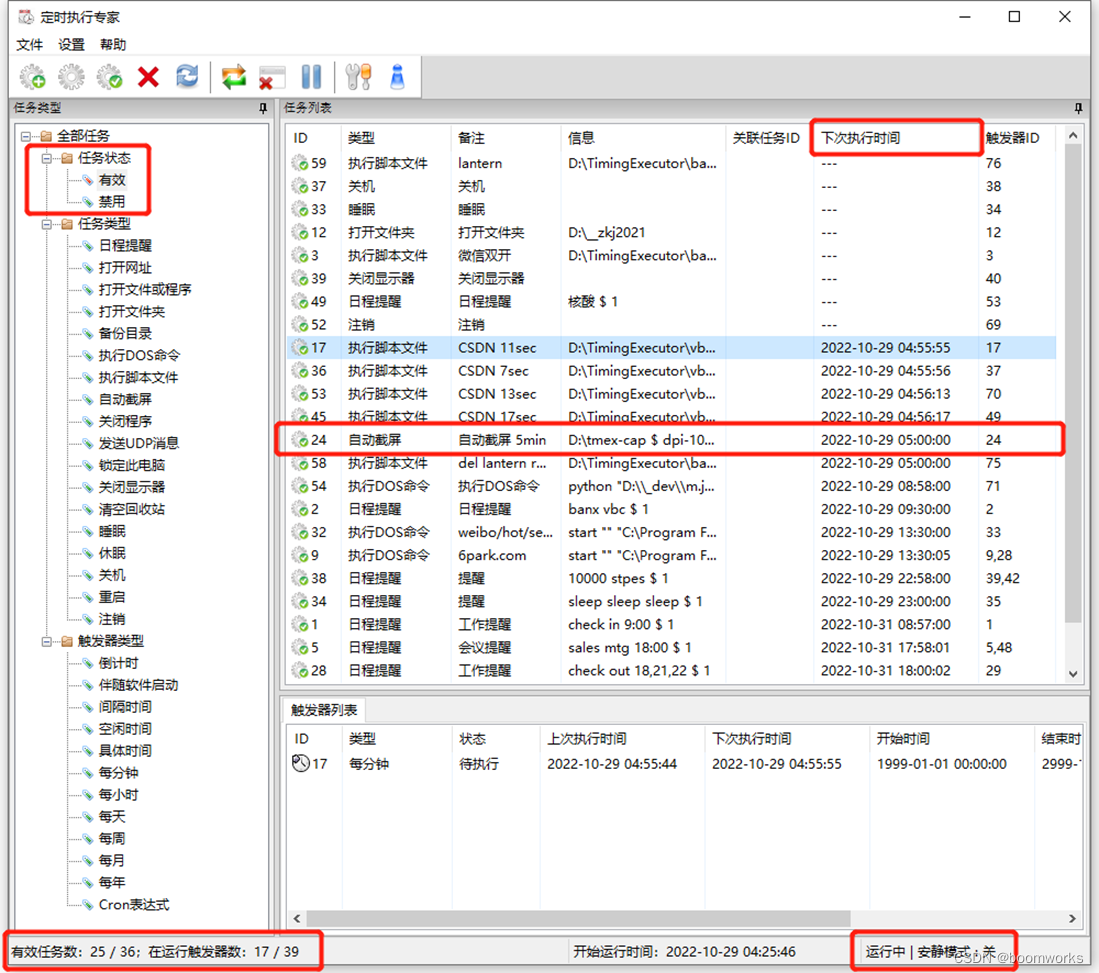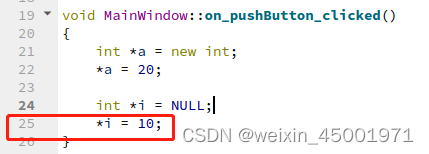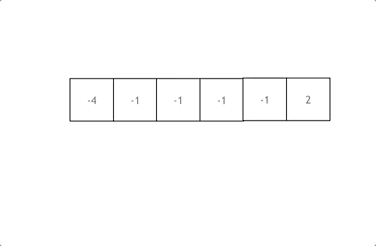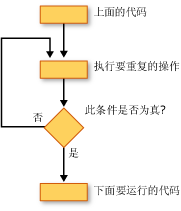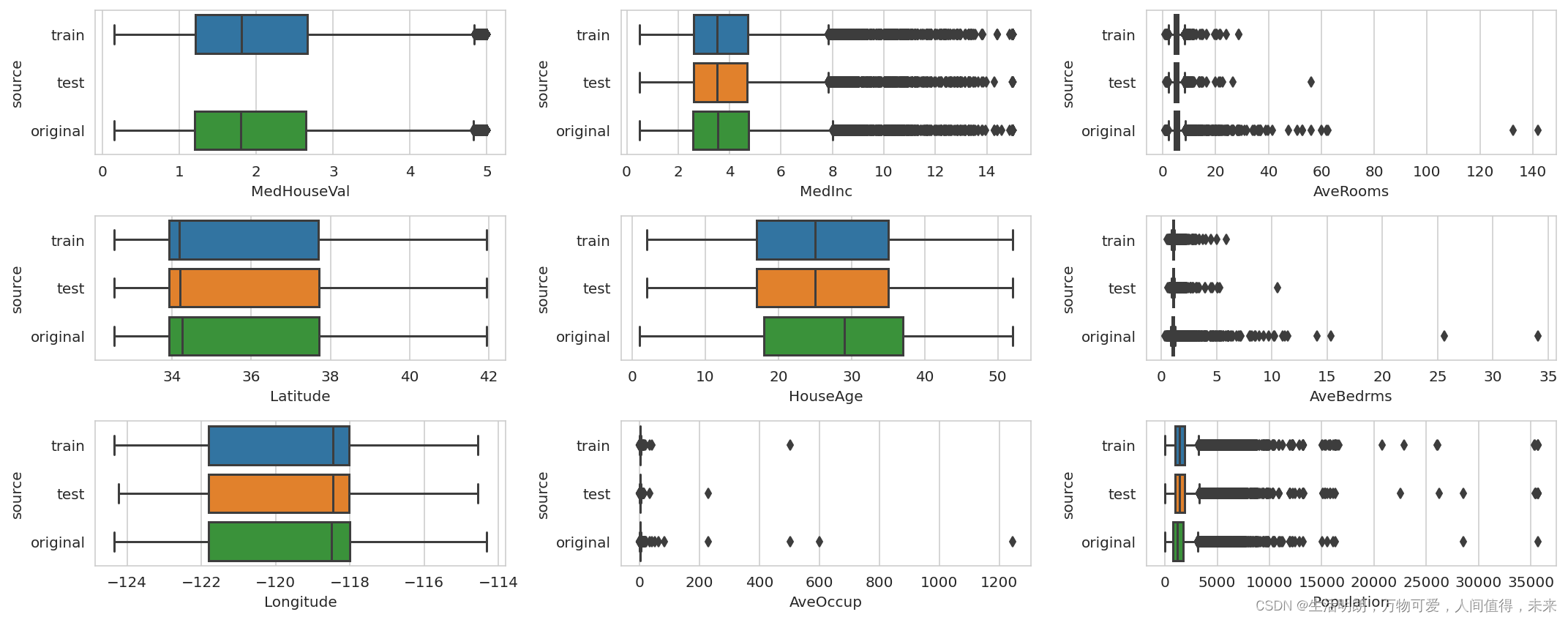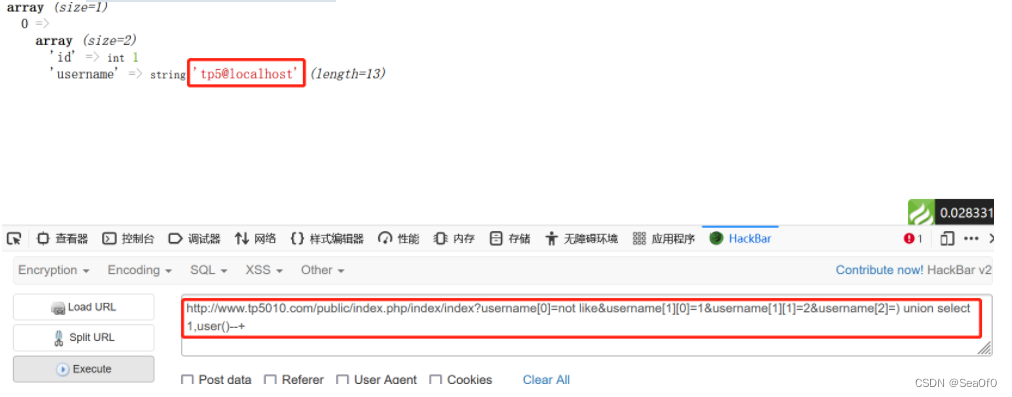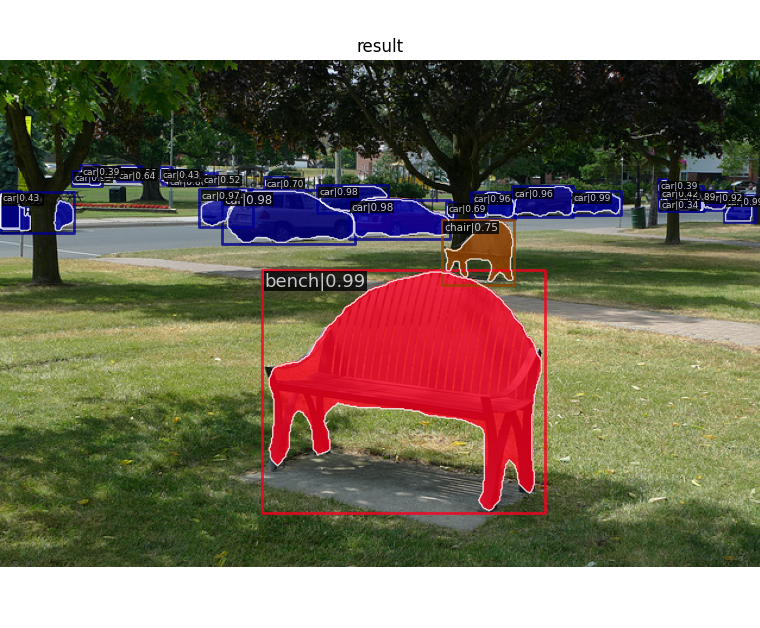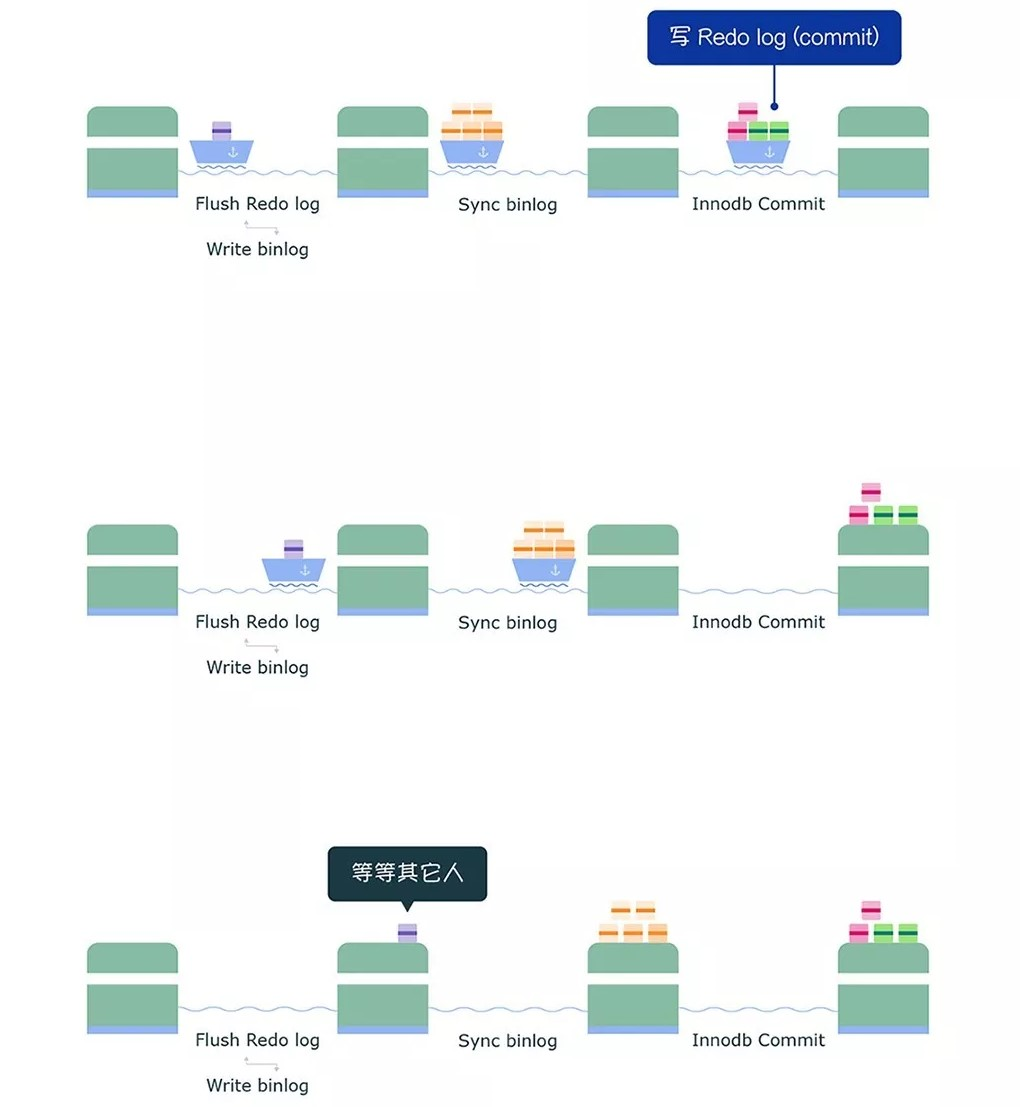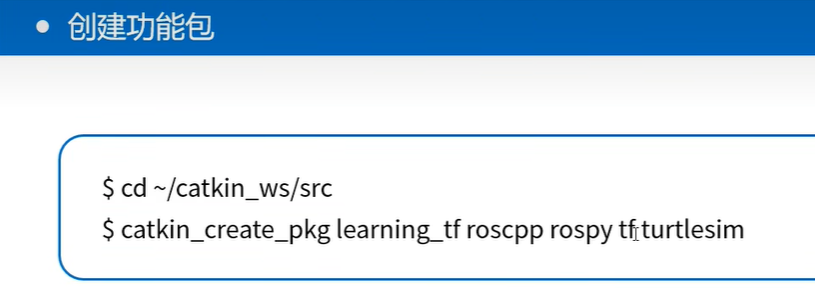以下是基于jdk17
Java源码篇之容器类——HashMap
- ==constructor==
- ==put()==
- hash()
- putVal()
- resize()
- treeifyBin()
- treeify()
- tieBreakOrder()
- balanceInsertion()
- moveRootToFront()
- checkInvariants()
constructor
// 无参构造
public HashMap() {
this.loadFactor = DEFAULT_LOAD_FACTOR; // all other fields defaulted
}
// 指定容器大小构造
public HashMap(@Range(from = 0, to = java.lang.Integer.MAX_VALUE) int initialCapacity) {
this(initialCapacity, DEFAULT_LOAD_FACTOR);
}
// 指定容器大小和加载因子构造
public HashMap(int initialCapacity, float loadFactor) {
// 此方法可以看出指定的容量参数在构造的时候仅用于计算扩容阈值
if (initialCapacity < 0) {
throw new IllegalArgumentException("Illegal initial capacity: " + initialCapacity);
}
if (initialCapacity > MAXIMUM_CAPACITY) {
initialCapacity = MAXIMUM_CAPACITY;
}
if (loadFactor <= 0 || Float.isNaN(loadFactor)) {
throw new IllegalArgumentException("Illegal load factor: " + loadFactor);
}
this.loadFactor = loadFactor;
this.threshold = tableSizeFor(initialCapacity);
}
// 通过此方法保证了容器的大小始终为2的指数倍,并且指定大小不符合时,会返回最接近的数字
static final int tableSizeFor(int cap) {
int n = -1 >>> Integer.numberOfLeadingZeros(cap - 1);
log.info("n:{}", n);
// 扩容阈值最小值为1
return (n < 0) ? 1 : (n >= MAXIMUM_CAPACITY) ? MAXIMUM_CAPACITY : n + 1;
}
如果指定初始容量为0,会发生什么
如果指定初始容量为非2的幂次方数,threshold是多少
put()
public V put(K key, V value) {
return putVal(hash(key), key, value, false, true);
}
hash()
static final int hash(Object key) {
int h;
log.info("key:{}, h:{}, h >>> 16:{}, result:{}", key, h = key.hashCode(), h >>> 16,
(key == null) ? 0 : (h = key.hashCode()) ^ (h >>> 16));
// 此处取key的hash值与右移16位之后的异或作为最终hash值,是为了减少hash碰撞的处理
return (key == null) ? 0 : (h = key.hashCode()) ^ (h >>> 16);
// 模拟hash碰撞的情况
// return 1;
}
putVal()
final V putVal(int hash, K key, V value, boolean onlyIfAbsent, boolean evict) {
Node<K,V>[] tab;
Node<K,V> p;
int n, i;
if ((tab = table) == null || (n = tab.length) == 0){
// 初始化
n = (tab = resize()).length;
}
// 相当于hash % n,优化为(n - 1) & hash,结果是一样的,为数组的下标
log.info("key:{}, index: {}", key, ((n - 1) & hash));
if ((p = tab[i = (n - 1) & hash]) == null) {
// 数组第一次添加值
tab[i] = newNode(hash, key, value, null);
} else {
Node<K,V> e; K k;
log.info("p:{key:{}, val:{}, hash: {}}", p.key, p.value, p.hash);
if (p.hash == hash && ((k = p.key) == key || (key != null && key.equals(k)))) {
// 判断新的key与该下标下的第一个元素的key:hash相同 and (key是同一个 or key的内容相同)
e = p;
} else if (p instanceof TreeNode) {
// 如果数组中元素类型是 TreeNode, 采用树的插入方法
e = ((TreeNode<K,V>)p).putTreeVal(this, tab, hash, key, value);
} else {
// 遍历链表的每一个元素
for (int binCount = 0; ; ++binCount) {
if ((e = p.next) == null) {
// 后继指向新加入的元素
p.next = newNode(hash, key, value, null);
if (binCount >= TREEIFY_THRESHOLD - 1) {
// 链表元素个数大于等于7,进入此方法
treeifyBin(tab, hash);
}
break;
}
if (e.hash == hash && ((k = e.key) == key || (key != null && key.equals(k)))) {
break;
}
p = e;
}
}
if (e != null) { // existing mapping for key
// 覆盖现有的key对应的value值
V oldValue = e.value;
// if true, don't change existing value
if (!onlyIfAbsent || oldValue == null) {
e.value = value;
}
// LinkedHashMap回调执行
afterNodeAccess(e);
return oldValue;
}
}
++modCount;
if (++size > threshold) {
// 扩容
resize();
}
// LinkedHashMap回调执行
afterNodeInsertion(evict);
return null;
}
resize()
// 扩容
final Node<K,V>[] resize() {
// 将旧数组(扩容之前的数组)赋值给数组oldTab
Node<K,V>[] oldTab = table;
// 旧数组的长度
int oldCap = (oldTab == null) ? 0 : oldTab.length;
// 旧数组的扩容阈值
int oldThr = threshold;
// 初始化新数组长度和扩容阈值
int newCap, newThr = 0;
if (oldCap > 0) {
// 旧数组长度大于0
if (oldCap >= MAXIMUM_CAPACITY) {
// 旧数组已经是最大容量,扩容阈值设置为Integer的最大值,不进行扩容
threshold = Integer.MAX_VALUE;
return oldTab;
} else if ((newCap = oldCap << 1) < MAXIMUM_CAPACITY && oldCap >= DEFAULT_INITIAL_CAPACITY) {
// 新数组长度为旧数组的2被, 新数组长度小于最大容量 and 旧数组大于等于默认容量(16)
// 新的扩容阈值为旧的2倍
newThr = oldThr << 1; // double threshold
}
} else if (oldThr > 0) {
// 旧数组长度等于0并且旧扩容阈值大于0
// 新数组长度设置为旧扩容阈值
newCap = oldThr;
} else {
// 旧数组长度等于0并且旧扩容阈值等于0
// zero initial threshold signifies using defaults
newCap = DEFAULT_INITIAL_CAPACITY;
newThr = (int)(DEFAULT_LOAD_FACTOR * DEFAULT_INITIAL_CAPACITY);
}
if (newThr == 0) {
// 新阈值为0,则计算新的阈值
float ft = (float)newCap * loadFactor;
// 如果新的数组长度小于最大容量并且新的阈值小于最大容量,新的阈值为刚计算的(整数部分),否则新的阈值为Integer的最大值
newThr = (newCap < MAXIMUM_CAPACITY && ft < (float)MAXIMUM_CAPACITY ? (int)ft : Integer.MAX_VALUE);
}
// 新阈值赋值给成员变量
threshold = newThr;
@SuppressWarnings({"rawtypes","unchecked"})
Node<K,V>[] newTab = (Node<K,V>[])new Node[newCap];
table = newTab;
if (oldTab != null) {
// 旧数组不为null
for (int j = 0; j < oldCap; ++j) {
// 遍历数组的每一个元素
Node<K,V> e;
if ((e = oldTab[j]) != null) {
// 如果元素不为null,将当前值置为null
oldTab[j] = null;
if (e.next == null) {
// 如果没有后续元素,直接将e移动新数组的下标位置
newTab[e.hash & (newCap - 1)] = e;
} else if (e instanceof TreeNode) {
// 如果是树节点,则执行split方法
((TreeNode<K,V>)e).split(this, newTab, j, oldCap);
} else { // preserve order
// 如果是链表,初始化两组头节点和尾节点,一组是需要变化下标的,一组不需要
Node<K,V> loHead = null, loTail = null;
Node<K,V> hiHead = null, hiTail = null;
Node<K,V> next;
// 循环链表上所有的元素
do {
next = e.next;
if ((e.hash & oldCap) == 0) {
// 不需要变化下标的
if (loTail == null) {
// 头节点指向该元素
loHead = e;
} else {
// 尾元素的后继指向该元素
loTail.next = e;
}
// 尾元素指向该元素
loTail = e;
} else {
// 需要变化下标,旧的下标 + oldCap = 新下标
if (hiTail == null)
hiHead = e;
else
hiTail.next = e;
hiTail = e;
}
} while ((e = next) != null);
if (loTail != null) {
// 如果不需要变更的尾元素不为null,将尾元素的后继置为null
loTail.next = null;
// 将新数组下标位置指向头元素
newTab[j] = loHead;
}
if (hiTail != null) {
// 如果需要变更的尾元素不为null,将尾元素的后继置为null
hiTail.next = null;
// 将新数组下标位置指向头元素,j + oldCap为元素变更之后在新数组中的下标
newTab[j + oldCap] = hiHead;
}
}
}
}
}
// 返回扩容之后的数组
return newTab;
}
resize()的大致流程如下:
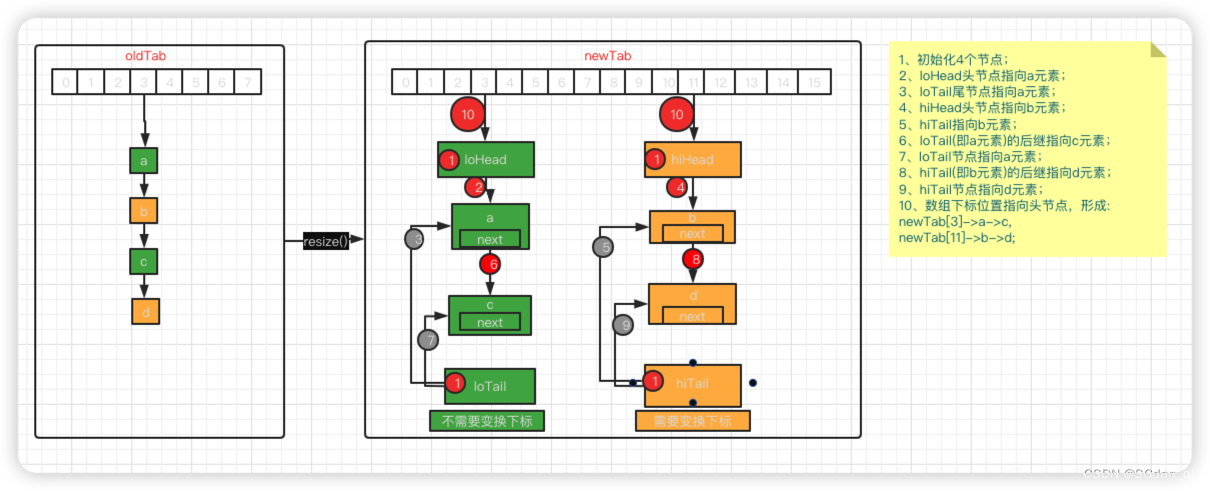
treeifyBin()
// 链表节点变为树节点
final void treeifyBin(Node<K,V>[] tab, int hash) {
int n, index;
Node<K,V> e;
if (tab == null || (n = tab.length) < MIN_TREEIFY_CAPACITY) {
// 数组为null or 数组长度小于64的时候,依旧保持链表形式扩容
resize();
} else if ((e = tab[index = (n - 1) & hash]) != null) {
// 元素不为null
TreeNode<K,V> hd = null, tl = null;
do {
// 转换成树节点
TreeNode<K,V> p = replacementTreeNode(e, null);
if (tl == null)
hd = p;
else {
p.prev = tl;
tl.next = p;
}
tl = p;
} while ((e = e.next) != null);
if ((tab[index] = hd) != null) {
// 将链表红黑树化
hd.treeify(tab);
}
}
}
treeify()
// 树形化
final void treeify(Node<K,V>[] tab) {
// 定义红黑树根节点
TreeNode<K,V> root = null;
for (TreeNode<K,V> x = this, next; x != null; x = next) {
// 遍历链表所有节点
next = (TreeNode<K,V>)x.next;
// 定义左右子节点
x.left = x.right = null;
if (root == null) {
// 根节点为null
x.parent = null;
// 根节点为黑色
x.red = false;
// 根节点指向当前节点
root = x;
} else {
// 当前节点的key, hash
K k = x.key;
int h = x.hash;
Class<?> kc = null;
for (TreeNode<K,V> p = root;;) {
// p为父节点
int dir, ph;
// 根节点的key
K pk = p.key;
if ((ph = p.hash) > h) {
// 如果父节点的hash大于当前节点的hash
dir = -1;
} else if (ph < h) {
// 如果父节点的hash小于当前的节点的hash
dir = 1;
} else if ((kc == null && (kc = comparableClassFor(k)) == null)
|| (dir = compareComparables(kc, k, pk)) == 0) {
dir = tieBreakOrder(k, pk);
}
TreeNode<K,V> xp = p;
if ((p = (dir <= 0) ? p.left : p.right) == null) {
x.parent = xp;
if (dir <= 0) {
xp.left = x;
} else {
xp.right = x;
}
// 通过旋转保持平衡
root = balanceInsertion(root, x);
break;
}
}
}
}
moveRootToFront(tab, root);
}
tieBreakOrder()
// 排序
static int tieBreakOrder(Object a, Object b) {
// d = a.getClass().getName().compareTo(b.getClass().getName()),-1/0/1
// 此处只会返回-1或者1
int d;
if (a == null || b == null ||
(d = a.getClass().getName().
compareTo(b.getClass().getName())) == 0)
// 如果a为null或者b为null或者a和b的类名相同,a的hash值不大于b的hash值,则d=-1,否则d=1
d = (System.identityHashCode(a) <= System.identityHashCode(b) ?
-1 : 1);
return d;
}
balanceInsertion()
// 插入平衡
static <K,V> TreeNode<K,V> balanceInsertion(TreeNode<K,V> root, TreeNode<K,V> x) {
// 新增的节点置为红色
x.red = true;
// x:当前节点,xp:当前节点的父节点,xpp:当前节点父节点的父节点,
// xppl:当前节点父节点的父节点的左子节点,xppr:当前节点父节点的父节点的右子节点,
for (TreeNode<K,V> xp, xpp, xppl, xppr;;) {
if ((xp = x.parent) == null) {
// 如果当前节点的父节点为null,则当前节点为根节点
x.red = false;
return x;
} else if (!xp.red || (xpp = xp.parent) == null) {
// 如果当前节点的父节点为黑色或者当前节点父节点的父节点为null,则不影响平衡
return root;
}
if (xp == (xppl = xpp.left)) {
// 如果当前节点的父节点是左子节点
if ((xppr = xpp.right) != null && xppr.red) {
// 如果当前节点父节点的父节点右子节点不为null并且是是红色
xppr.red = false;
xp.red = false;
xpp.red = true;
x = xpp;
} else {
if (x == xp.right) {
// 以当前节点的父节点为根节点左旋
root = rotateLeft(root, x = xp);
// 重新赋值xpp和xp
xpp = (xp = x.parent) == null ? null : xp.parent;
}
if (xp != null) {
xp.red = false;
if (xpp != null) {
xpp.red = true;
// 以当前节点父节点的父节点为根节点右旋
root = rotateRight(root, xpp);
}
}
}
} else {
// 如果当前节点的父节点是右子节点
if (xppl != null && xppl.red) {
xppl.red = false;
xp.red = false;
xpp.red = true;
x = xpp;
} else {
if (x == xp.left) {
root = rotateRight(root, x = xp);
xpp = (xp = x.parent) == null ? null : xp.parent;
}
if (xp != null) {
xp.red = false;
if (xpp != null) {
xpp.red = true;
root = rotateLeft(root, xpp);
}
}
}
}
}
}
moveRootToFront()
/**
* Ensures that the given root is the first node of its bin.
* 确保给定的root节点是第一个节点。
*/
static <K,V> void moveRootToFront(Node<K,V>[] tab, TreeNode<K,V> root) {
int n;
// root节点不可为null并且数组不能为null
if (root != null && tab != null && (n = tab.length) > 0) {
// 获取root节点的下标
int index = (n - 1) & root.hash;
TreeNode<K,V> first = (TreeNode<K,V>)tab[index];
if (root != first) {
// 如果root节点不是第一个节点
Node<K,V> rn;
// 设置root节点为第一个节点
tab[index] = root;
TreeNode<K,V> rp = root.prev;
// 调整树节点
if ((rn = root.next) != null)
((TreeNode<K,V>)rn).prev = rp;
if (rp != null)
rp.next = rn;
if (first != null)
first.prev = root;
root.next = first;
root.prev = null;
}
assert checkInvariants(root);
}
}
checkInvariants()
/**
* Recursive invariant check
* 递归验证 红黑树/链表
*/
static <K,V> boolean checkInvariants(TreeNode<K,V> t) {
// tp:父节点,tl:左子节点,tr:右子节点,tb:前驱节点,tn:后继节点
TreeNode<K,V> tp = t.parent, tl = t.left, tr = t.right,
tb = t.prev, tn = (TreeNode<K,V>)t.next;
if (tb != null && tb.next != t) {
// 如果前驱节点不为null并且前驱节点的后继节点不是当前节点,则返回false
return false;
}
if (tn != null && tn.prev != t) {
// 如果后继节点不为null并且后继节点的前驱节点不是当前节点,则返回false
return false;
}
if (tp != null && t != tp.left && t != tp.right) {
// 如果父节点不为null并且当前节点不为其左右子节点,则返回false
return false;
}
if (tl != null && (tl.parent != t || tl.hash > t.hash)) {
// 左子节点不为null,左子节点的父节点不是当前节点或者左子节点的hash值大于当前节点的hash值
return false;
}
if (tr != null && (tr.parent != t || tr.hash < t.hash)) {
// 右子节点不为null,右子节点的父节点不是当前节点或者右子节点的hash值小于当前节点的hash值
return false;
}
if (t.red && tl != null && tl.red && tr != null && tr.red) {
// 当前节点是红色,子节点不为null且子节点为红色
return false;
}
if (tl != null && !checkInvariants(tl)) {
// 递归验证左子树
return false;
}
if (tr != null && !checkInvariants(tr)) {
// 递归验证右子树
return false;
}
// 验证通过返回true
return true;
}
